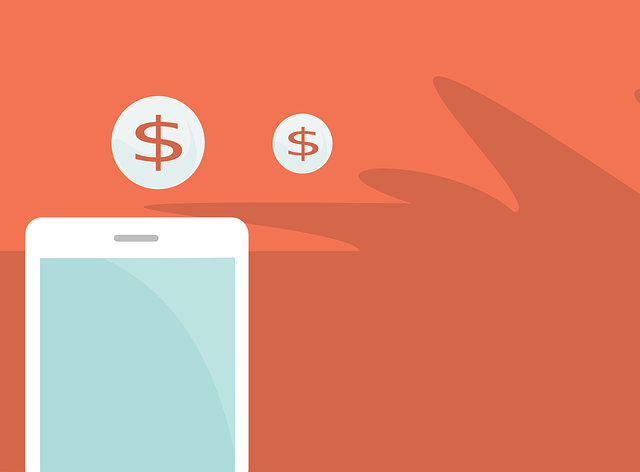If there is any doubt that standing out is difficult in the app market, simply consider the size of that market. The total number of downloads was calculated to be 82 billion in 2013, and by the end of 2017 it was closer to 200 billion. The size of the opportunity is immense, but so are the obstacles.
It’s no secret that an effective app marketing strategy is essential. But even some apps that invest heavily and aggressively in marketing end up languishing in the app stores. Committing to marketing is the first step, but calibrating marketing to be as instructive, original, and engaging as possible are just as important.
With the right effort, users won’t just know about your app. They will be eager to download and engage with it. Use these strategies to boost visibility and engagement at the same time:
- Develop User Personas – In some cases, apps either target several distinct groups of users or one very specific group of users. Either way, it’s essential to know who an app is targeting as clearly as possible and in a granular way. Once you understand who these people are and how your app is relevant to them, it’s possible to create customized and compelling marketing messages.
- Invest in Development – It doesn’t make sense to invest heavily in marketing a buggy or confusing app. Mobile users will feel tricked by the download and will likely disengage before making any purchases. A big part of running a great app marketing campaign is offering a great app in the process.
- Perform Beta Testing – Piggybacking on the previous point, it’s impossible to know if an app performs with the consistent quality that users expect unless that app has undergone beta testing. Ideally, the users identified during the persona process also participate in the testing process.
- Seek Out Joint Ventures – App marketing is more effective when there is cooperation and collaboration between multiple stakeholders. Mobile audiences are already inundated with ads. So, it takes extra effort to cut through the noise. Partnering with marketing agency or DSP increases costs, but it also expands the reach of the app exponentially.
- Perform ASO – App store optimization is a critical and complex process. There are numerous ways that users discover new apps, and basic app-store searches continue to be drivers of downloads. Better still, when other app marketing efforts begin working, app store optimization improves organically. Still, you should focus on the little fixes, such as improving your metadata in the app store.
- App Retargeting – The effort does not end once an app has been downloaded. App retargeting is a way of reminding users about apps they already have. The goal is to promote long-term engagement and extend the monetization strategy of the app through post-install events (such as making in-app purchases). The right tech tools make this process relatively easy and automatic, so you can target the users most likely to re-engage.
- Write a Press Release – This tried and true form of marketing has proven effective for apps as well. A press release that makes thoughtful use of keywords helps to drive traffic and explain the core benefits of an app. Best of all, the cost is kept to a minimum.
- Build in Shareability – Users who like your app tend to know other users who would as well. Unfortunately, too many apps make it cumbersome to share with others. There is nothing wrong with encouraging users to refer apps as long as the process is easy and the prospect is compelling.
An app marketing strategy that touches on all these points is off to a good start. But it’s just that, a start. The long-term success of the app depends entirely on how well the strategy continues. That means looking past the number of downloads and focusing on the ongoing engagement of the user base.




